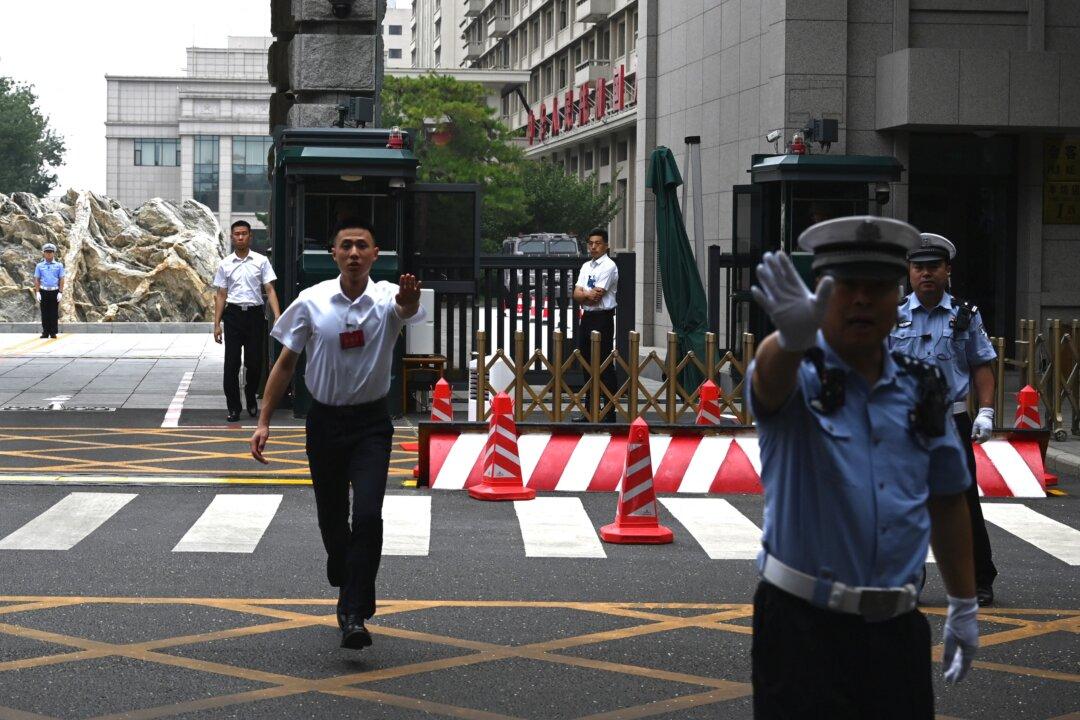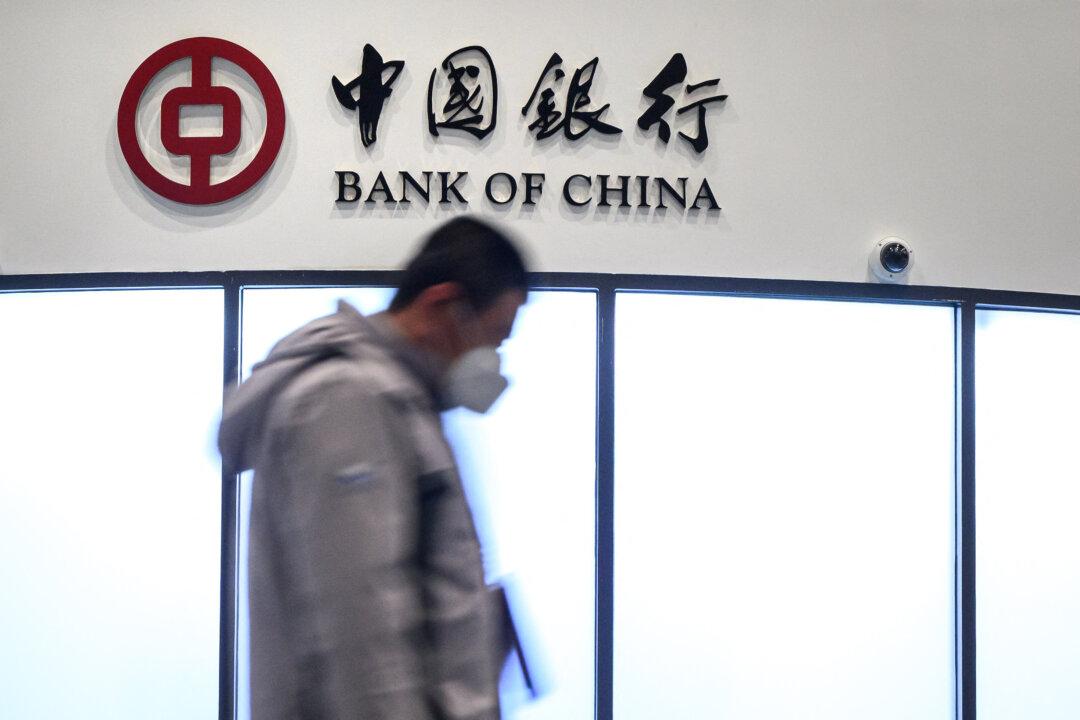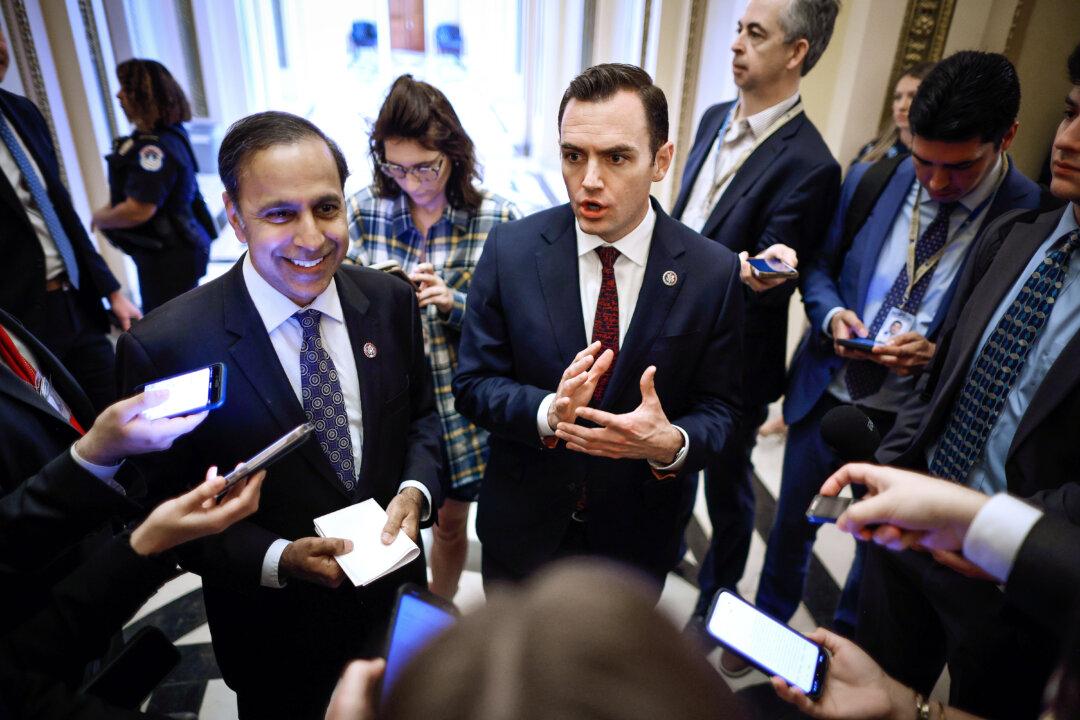NEWS ANALYSIS
It’s no hyperbole to call managing China’s economic policy a high-wire balancing act.
After dabbling with letting companies fail last year, Beijing recently announced that the official policy to reform state-owned enterprises (SOEs) going forward will be mergers and acquisitions. China will rule out drastic changes and a “wave of layoffs” to focus on reorganization and consolidation instead, said Xiao Yaqing, head of China’s State-owned Assets Supervision and Administration Commission (SASAC) at a conference on March 12.
Last year, the SASAC presided over consolidation of several large state firms in the strategically important telecommunications, energy, and transportation sectors. Xiao claimed that as a “success” and more of the same will come in 2016.
While preserving jobs is a noble goal, such perfunctory reform likely doesn’t go far enough to solve fundamental problems plaguing the state sector.
Competing Agendas
The Chinese economy—with its reliance on manufacturing and traditional industry—is sputtering. Reforming the dominant state sector is a key first step in Beijing’s plan to diversify into a services and consumption-driven economy.
JPMorgan estimates that China’s 150,000 SOEs employ 17 percent of urban residents, and account for 22 percent of its industrial income and 38 percent of industrial assets. They also make up a vast majority of China’s ballooning corporate debt.
The economic backdrop calls for intervention. The country’s manufacturing sector weakened sharply in January and February due to overcapacity and anemic global demand. Both the official state and Caixin/Markit private manufacturing purchasing managers index (PMI) fell in February. The Caixin/Markit reading of 48 shows the country’s manufacturing sector is squarely in contraction territory, where it has remained in the last twelve months.





